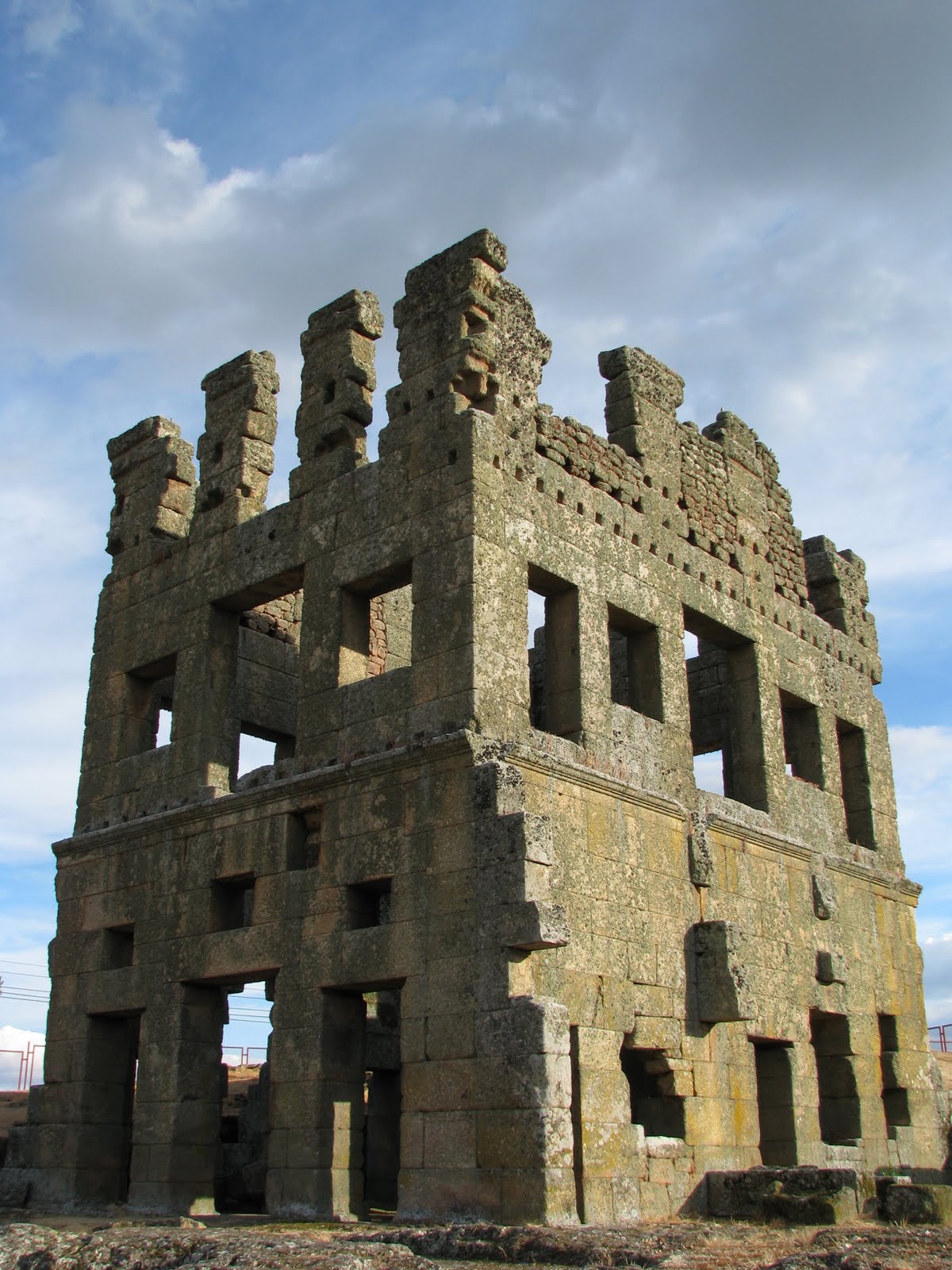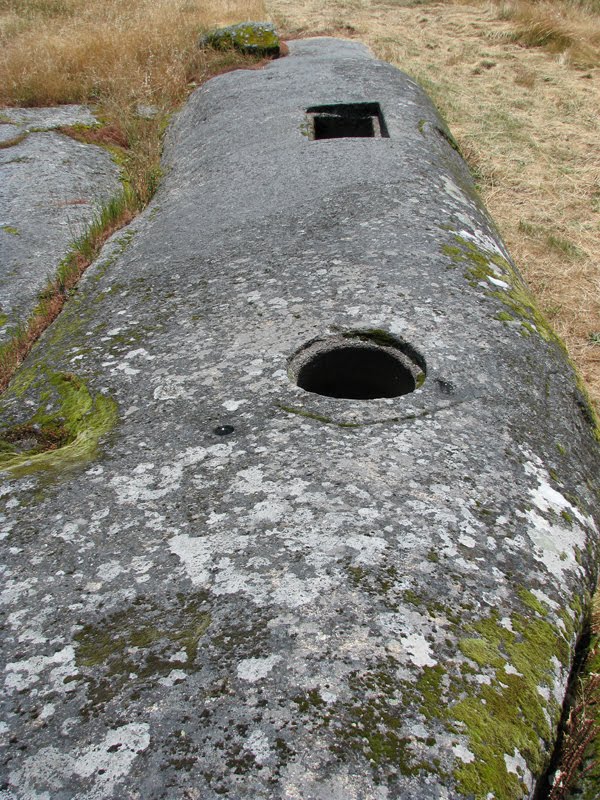Языческое святилище Панояш Кельты, римляне, кровавые обряды инициации, египетский бог Серапис, мистика… “To the Gods and Goddesses of this sanctuary. The victims to be sacrificed are to be killed in this place. The entrails are to be burnt in the square cavities in front. The blood is to be poured here into the small cavities. In the name of Gaius C. Calpurnius Rufinus, member of the senatorial order." “G. C. Calpurinius Rufinus consecrated within the temple (the temple intended to be the sanctuary), an aedes, a sanctuary, dedicated to the Severe Gods.” “To the Gods and Goddesses and all the divinities of the Lapitae, Gaius C. Calpurnius Rufinus, member of the senatorial order, consecrated forever with this sanctuary a cavity, in which the victims shall be burnt according to the rite.” “To Serapis Most High, together with Destiny and the Mysteries, G. C. Calpurnius Rufinus, the most enlightened.”“To the gods, G. C. Calpurnius Rufinus, the most enlightened, with this (temple) also






